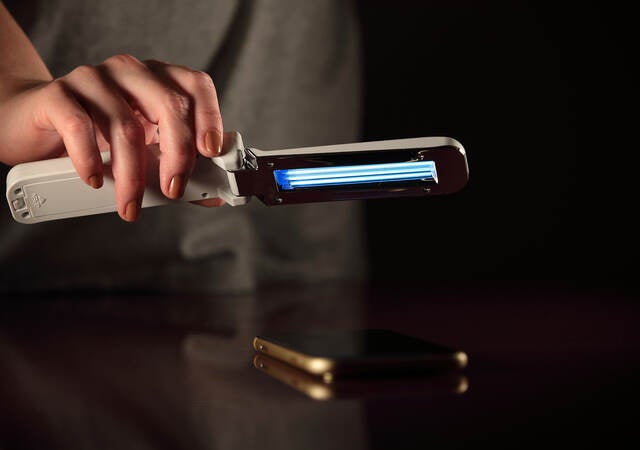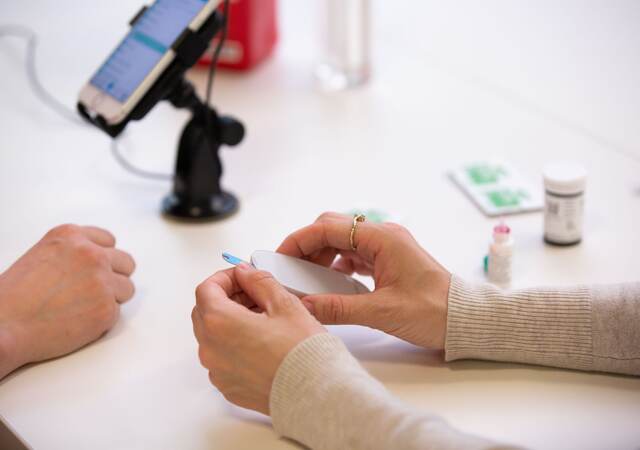April 30, 2021
The European Commission’s Medical Device Coordination Group (MDCG) has published a Q&A reference document covering clinical investigation requirements under the Medical Devices Regulation (MDR).
The new MDCG document includes 28 questions and answers, providing additional clarity on several issues regarding the MDR’s substantial clinical investigation requirements. Manufacturers preparing for the MDR’s May 26, 2021 final date of application may find this new information useful as they gear up for compliance.
Below, we’ll examine five such issues covered in the MDCG Q&A document.
Differences between current Directives and MDR regarding clinical investigations
First, MDCG addresses “general differences and improvements” in terms of clinical investigations under the MDR compared to current requirements under the Medical Device Directives 93/42/EEC and 90/385/EEC.
- Directives allow individual European Union member states to determine how to meet goals set by those Directives, whereas Regulations are applied uniformly across all EU member states. Thus, every member state will have to establish and enforce the same rules and requirements regarding medical device clinical investigations under the MDR.
- MDR clinical investigation rules incorporate Good Clinical Practice recommendations, resulting in more detailed requirements.
- EU-level harmonization of clinical investigation requirements is intended to boost predictability, patient safety and transparency of these studies, according to MDCG.
Performance versus clinical performance versus clinical benefit
Another question included in the document covers the distinctions between the terms “performance,” “clinical performance” and “clinical benefit” within the context of clinical investigations.
- Performance is a medical device’s ability to achieve its intended purpose.
- Clinical performance means a device’s ability to achieve its intended purpose, resulting in a clinical benefit.
- Clinical benefit entails a device’s positive impact on a patient’s health as indicated by a meaningful and measurable clinical outcome.
Pilot clinical investigations
The MDCG also addresses pilot clinical investigations, and appropriate situations for conducting these studies. Pilot clinical investigations comprise three main types of studies: first-in-human clinical investigations, early feasibility clinical investigations, and traditional feasibility clinical investigations.
The ISO 14155:2020 standard for medical device clinical investigations delves further into pilot clinical studies and their designs. Although data resulting from a pilot clinical investigation may be used to collect preliminary safety and performance data, and/or instruct device modifications and iterative changes, but cannot support full CE Marking of a device.
Safety reporting requirements for clinical investigations
Regarding safety reporting rules for clinical investigations, the MDCG document notes that these rules depend on whether devices under investigation are being used within their intended purposes.
- For devices already CE-marked and used within their intended purposes, sponsors should comply with MDR vigilance provisions (Article 80(6) and Articles 87-90), as well as post-market clinical follow-up (PMCF) requirements under Article 91 of the Regulation.
- For devices that do not have CE Marking or not being used within their intended purposes, sponsors should adhere to MDR Article 80.
Contents of clinical investigation reports
Once clinical investigations have concluded, sponsors are expected to provide clinical investigation reports to authorities of all EU member states where their investigations took place. According to MDR Annex XV, Chapter III point 7, minimum required content of a clinical investigation report should include:
- Clinical investigation background (context and reasons for conducting an investigation)
- Outcome measures (description of measures as well as their relevance for safety and performance assessments of a device)
- Clinical investigation conduct (description of relevant time periods as well as interventions for subject groups)
- Clinical investigation subjects (baseline data including demographics and clinical characteristics of subjects)
- Deviations and amendments (any deviations from sponsors’ initial clinical investigation plans, as well as descriptions and justifications for any clinical investigation plan amendments)
Medical device manufacturers and study sponsors should review the entire MDCG Q&A document for additional information and answers to compliance concerns regarding MDR clinical investigation requirements.
Additional European MDR and medical device regulatory resources:
- European Authorized Representative in-country representation
- Whitepaper: Extended MDR date of application—optimizing your PMS and clinical activities
- Webinar: Europe’s new Medical Devices Regulation (MDR)
Request information from our specialists
Thanks for your interest in our products and services. Let's collect some information so we can connect you with the right person.









